

Klaus Bruns has known the topic for longer than anyone can remember. Even when managing the rescue station in Hildesheim, he understood what it meant when an ambulance broke down. Today, as service manager for WAS, he finds it just as hard to accept any downtime for an ambulance. The concept of being unable to help or rescue people in time, simply because a vehicle is laid up in the workshop, is something that Klaus finds unbearable. This situation creates stress for rescue personnel and patients alike, which is why he is committed in his current role to taking proactive measures to reduce downtime to a minimum.
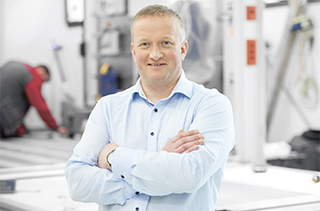
Due to his many years of experience, Klaus Bruns is acutely aware of how much vehicles costs, and also how high the financial burden can be when vehicles are laid up. The financial costs of provisioning replacement vehicles or repair must generally be met out of a budget that is determined in advance – and this makes it even clearer that a vehicle that is out of action for several days can be extremely costly. The financial burden is one side of the equation: the effects that the organisation has to bear are the other. When a vehicle breaks down, it is essential to ensure that the replacement vehicle is adequately equipped. This means that either the vehicle’s equipment needs to be moved from one vehicle to another in full, or replacement vehicles need to undergo a full conversion. In any event, rescue personnel have to improvise extensively and react flexibly, leading to even more stress and a fraught, hectic working environment – and there is no shortage of stress even on a normal working day! Klaus Bruns’ job is to do everything in his power to minimise these events. He works tirelessly with his team at WAS to develop and improve service solutions, or even to create them from scratch. As serious as the challenge that he faces is, he says it’s also great fun – because no two days are alike, and each of his tasks is uniquely multi-faceted.
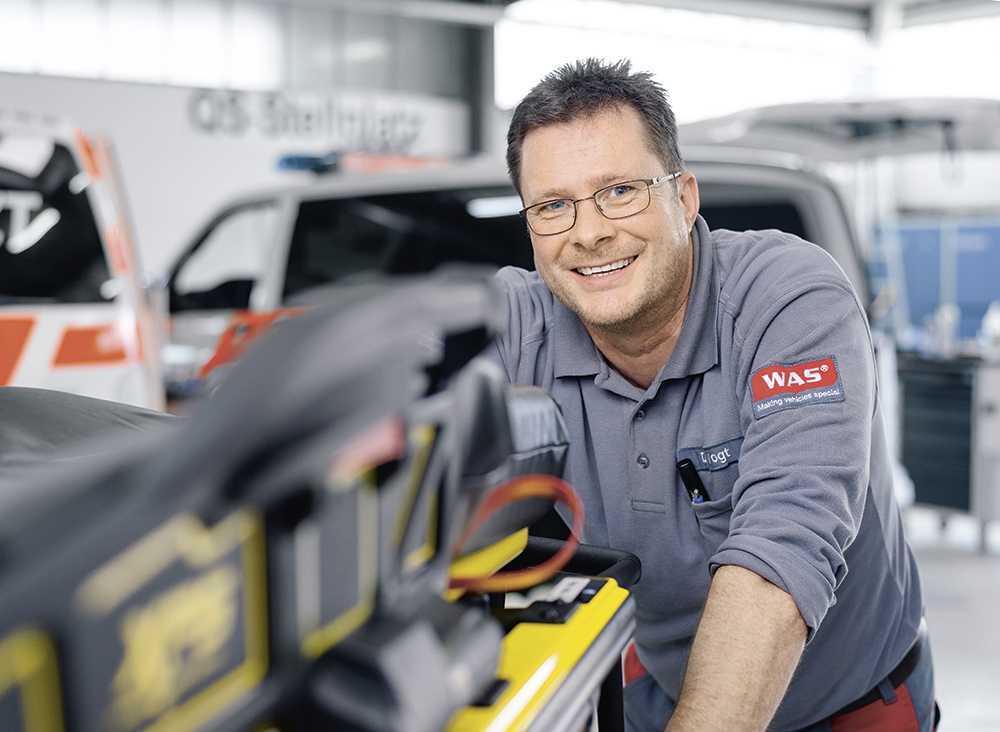
Behind these two figures, there is a success story that Klaus Bruns is particularly proud of. They are the result of a reduction in downtime for repairs and servicing: he and his team successfully reduced downtime by almost half. A total of seventeen WAS service partners are spread across Germany, receiving regular training to ensure that they are capable of resolving nearly all incidents independently of the company’s head office. Bruns has assessed the entire value chain and associated stakeholders, and reached agreements with them: from the WAS service partners, medical device manufacturers, and WAS customers. After discussion covering the complete set of requirements, processes were defined with the stakeholders to achieve this result. As such, WAS takes over the entire process for its customers, coordinating with vehicle manufacturers and arranging for the repair or replacement of medical technology.
In the event of an accident WAS offers an end-to-end service: the accident is recorded and collection of the vehicle is arranged. The programme also includes the delivery of a replacement loan vehicle. The WAS service team takes care of the preparation of an independent damage report, while WAS also handles the subsequent repair of the base vehicle and the ambulance conversion components. “The way that it looks in practice is that the emergency services try to take care of everything themselves, then contact the vehicle manufacturer’s service facility (which is often also our service partner), and finally the vehicle conversion manufacturer is approached, i.e. WAS,” said Klaus Bruns. For this reason, WAS offers an emergency call number that is reachable 24 hours per day, 365 days per year. This often involves an initial consultation to clarify the most urgent issues. In acute emergency cases, one of the six service vehicles attends the scene if it is clear that the ambulance can be made roadworthy again. “Accidents always happens when no one expects them. Therefore, we are permanently ready to step in and rescue emergency vehicles when needed. In view of the large increase in mobile service calls over the last ten years, this is an absolutely essential service,” explained Bruns.
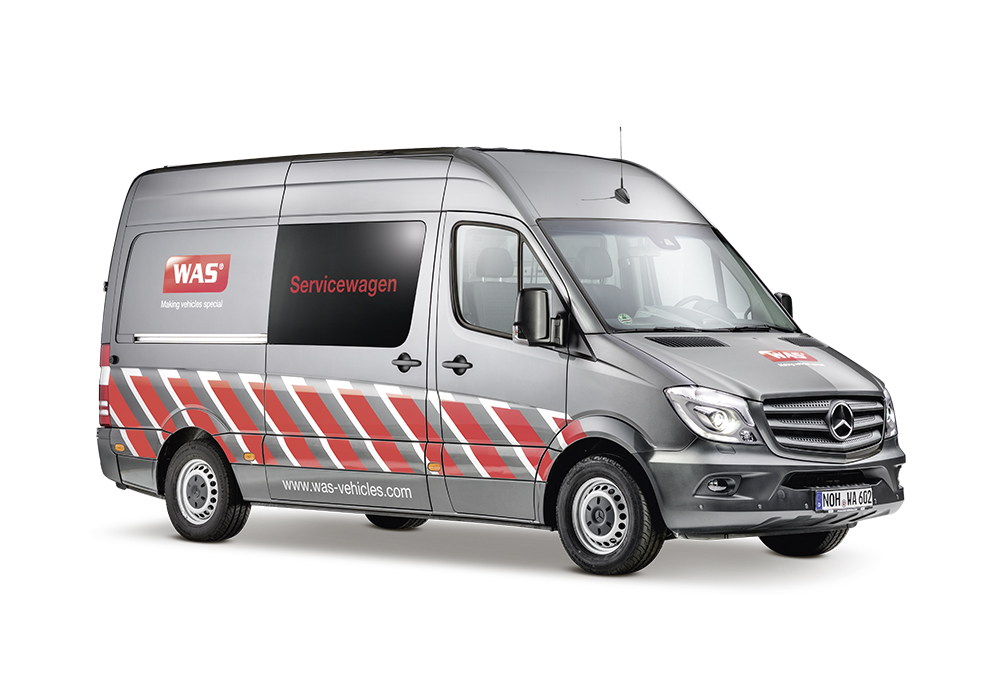
Modern vehicles already notify their drivers when maintenance or repair work requires a visit to the workshop. “These notifications should always be taken seriously – you learn that from your experience with your own vehicle. But when it comes to the rescue equipment in an ambulance, which now amounts to a substantial proportion of the cost when buying a new vehicle, you don’t get these notifications. The number of components is still too high. That makes it particularly frustrating when, for instance, the stretcher fails and puts the entire vehicle out of action. The costs of downtime are just as great as when there is a serious accident,” reports Klaus Bruns. However, the emergency services are learning that service calls often lead to new maintenance contracts. Even during his time with the Johanniter healthcare charity, maintenance contracts were an important tool for Klaus Bruns to reduce maintenance costs. WAS services cover the vehicle and the ambulance conversion: the original manufacturer is responsible for performing maintenance on medical devices. Services are fully organised, and appointments are made, completely by WAS. Bruns characterises the situation as follows: “We generate customer satisfaction, because we see it as our responsibility to extend the lifecycles of vehicles and devices.” More and more customers value this approach, as the number of maintenance contracts is constantly increasing. No wonder, because this approach by WAS’s service teams ensures the quality and operational readiness of medical devices and vehicles from day one until the end of their service lives.
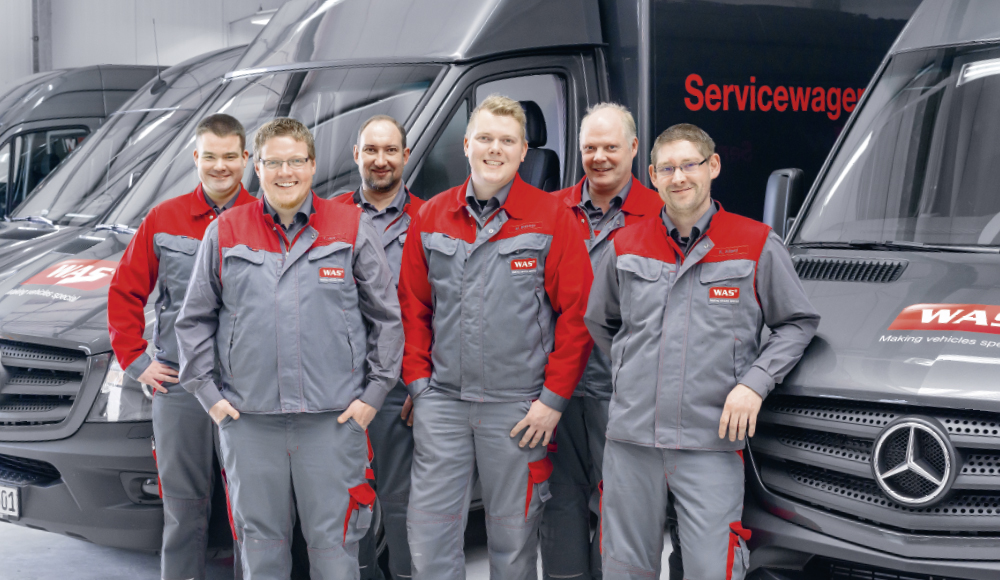
Service employees at WAS must be able to react with a great deal of flexibility. This applies at the workshop, but even more so for mobile workers where all-round talent is essential as it enables them to address the root causes of a defect. In addition, they must be able to develop solutions at the scene of the incident to enable the vehicle to return to duty. Service advisors on the phone must be able to ask the right questions, right away, to ensure that the service technician hits the road with the right equipment on board. According to Klaus Bruns, the job is suited to people who enjoy plenty of varied challenges and also love direct customer contact. In exchange, workers also benefit from direct feedback and thanks for a successfully delivered solution: something that Bruns says is highly motivating. The majority of mobile service technicians are trained carpenters, electrical engineers or air conditioning technicians, or even have even completed an apprenticeship in one of these fields in combination with another skill. Indeed, you could refer to them as all-rounders, who are happy to step in and save the day for the emergency services as they travel around the country.
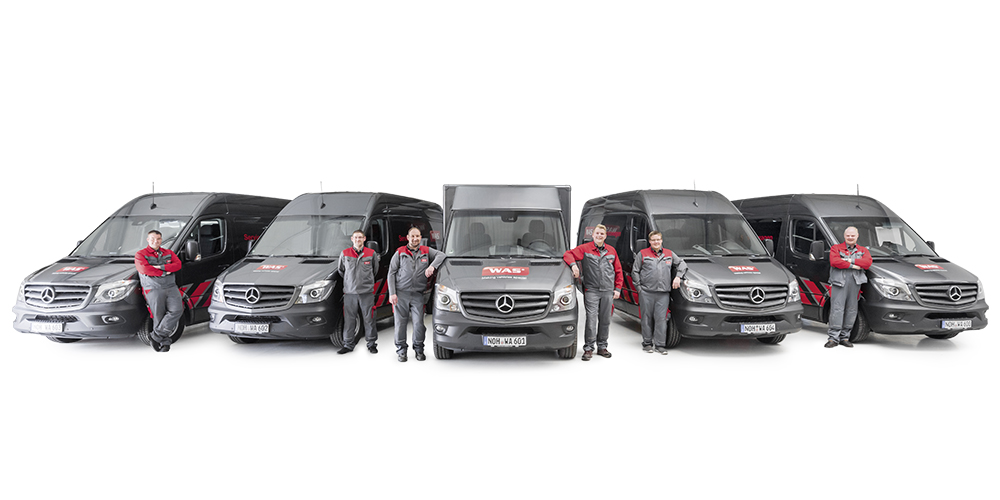
Team size: 6 mobile workers/8 in-house
Resources: 6 service vehicles
Number of services performed per year: approx. 800

This text was first published in the WAS customer magazine „Safety First“. You can request a free copy of this and many other interesting topics by sending an e-mail to marketing@was-vehicles.com.





